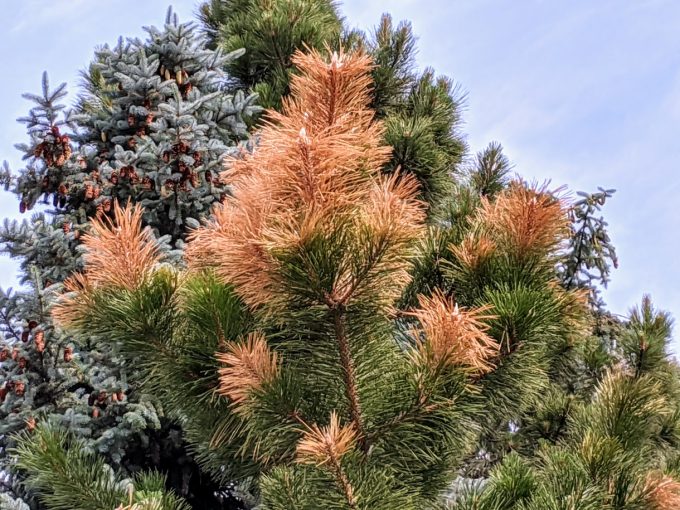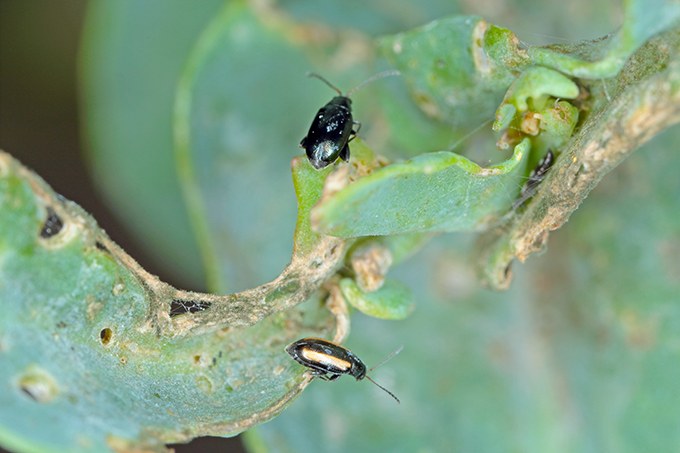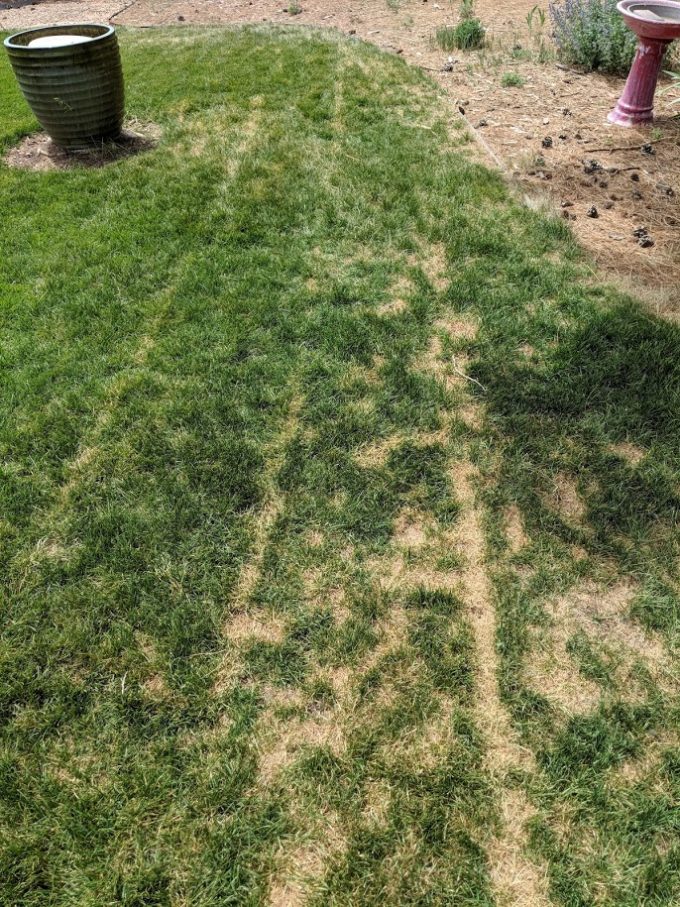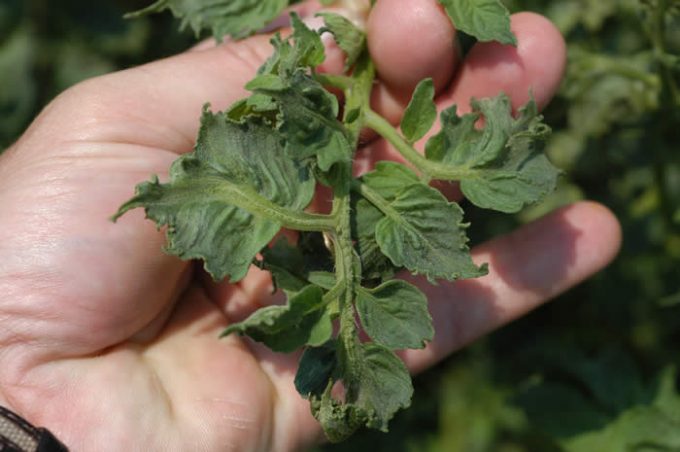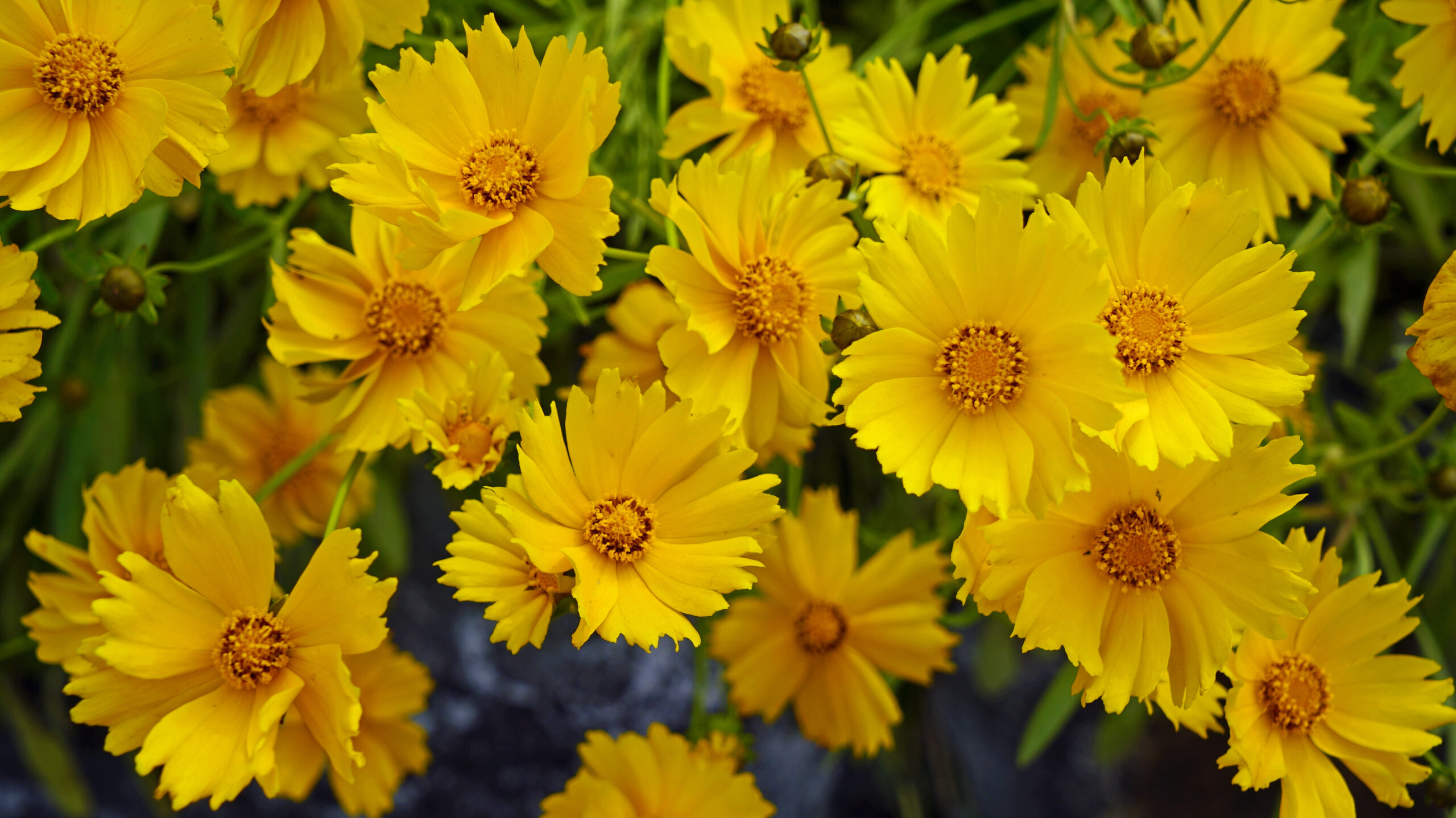As summer begins, the frenzy of getting our gardens up and running should be easing a bit. That makes this a good time to start playing detective. What problems are you seeing in your landscape? Are they serious or just a nuisance? And what should you do to take care of them?
Let’s take a look at some of the most common questions and complaints currently coming into Tagawa’s. First on the list:
Are my trees and shrubs dying?
Many of the trees and shrubs along the Front Range look pretty awful just now.
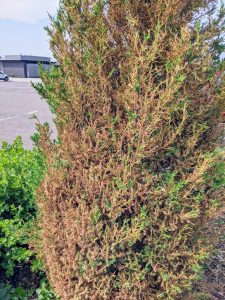
The heaviest damage appears to be on pines (like the Ponderosa at the top of this blog) and junipers (shown above.) In the vast majority of cases, the culprit isn’t an insect or disease. It’s Old Man Winter.
Mike, Tagawa’s Nursery Supervisor, agrees with other tree experts in the area. The damage stems from a flash freeze last October. The mild fall weather meant trees and shrubs hadn’t fully gone into dormancy. On October 9th, the temperature in Denver dropped from 81* to 41* in four hours, and then to below freezing by midnight.
A few weeks later, Mother Nature did it again. Temperatures plunged from a high in the mid-60’s to a low of -14* in just four days. We’re seeing the damage from those colds snaps now on many conifers and several varieties of deciduous trees, too.
The best response for the moment is to wait and see. If the limbs are supple, the damaged needles and buds may grow back. If not, we’ll know soon enough.
Mike says pushing the trees with big doses of fertilizer and more water than they can use is not the answer. And neither is heavy pruning for now. Give the trees and shrubs good, deep drinks around their drip line, the area below the outermost branches. Apply enough water every couple of weeks to percolate down several inches to the tree’s root zone. And never assume that the moisture from routine lawn watering is enough to keep trees healthy, even in the best of times.
My roses are not happy!
Our on-again, off-again rains this spring have set up perfect conditions for two of the most troublesome rose diseases: black spot and powdery mildew.
Camille is one of Tagawa’s top rose experts. She says complaints about these fungal diseases are coming in every day. She says higher humidity, especially at night, and stagnant air contributes to both mildew and black spot.
Her advice: irrigate roses by watering at the base of the plant. Avoid overhead watering whenever possible, or at least water in the mornings so the leaves have a chance to dry before nightfall. Dispose of infected leaves and buds so the spores don’t spread the disease further. Prune properly to increase airflow around your roses.
Neem oil and a systemic fungicide can help control the disease until the weather and care conditions improve.
I have pin-holes on my veggie plants!
Enter the flea beetles, more likely, several thousand of them.
These very tiny insects live up to their name. Just try to touch one and they’ll be gone… launching to some other part of the plant like the fleas that they are.
Flea beetles are especially fond of young, tender leaves. Their piercing mouthparts leave behind what looks like pinpricks in the leaves, sometimes referred to as “shot holes.”
The good news? Plants will usually outgrow all expect the most severe flea beetle attacks. No sprays or chemicals are needed or recommended.
Is a disease you never heard of damaging your lawn?
The name of this very pesky lawn problem is “ascochyta leaf blight.”
Ascochyta is a disease, but the cause is improper care, not Mother Nature’s trickery.
Ascochyta is often mistaken for drought damage. Large patches of lawn can very quickly take on a straw-like appearance even though healthy green blades persist within the infected area. The very tips of the blades of grass will look shriveled and pinched.
As seen above, you may find that even routine mowing can occasionally leave tracks in the already stressed turf.
The answer: improve the cultural conditions… the way the lawn is being cared for. Don’t just assume you know how much water your irrigation system is delivering. Measure a “normal” cycle with a cat food or tuna fish can. Make adjustments if your lawn isn’t getting water down several inches, well into the root zone of the grass plants. And replace your lawnmower blade at least once every season. Twice would be even better. A sharp blade is always helpful in keeping your turf healthy. The staff at Tagawa’s Dick’s Corner has a free handout with tips on the best way to care for lawns in Colorado.
Big herbicide boo-boos
If you’re ever inclined to create a list of hard and fast gardening rules and preserve them in concrete, here’s one rule that should be at or near the top.
That rule? Never ever spray weed killer (or any pesticide, for that matter) on a hot or windy day. It’s obvious that wind will move the herbicide spray while it’s a liquid. But did you know that heat will turn that spray into a vapor cloud just as deadly as the spray itself?
With the heat and wind of recent days, plants with the type of damage shown above may well be the fault of the gardener in charge, leaving Mother Nature (for once) in the clear.
